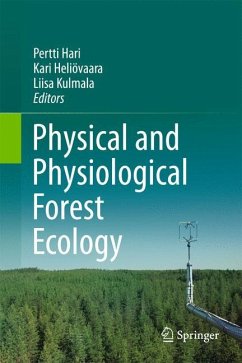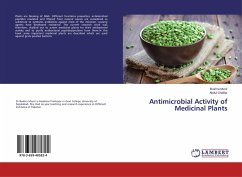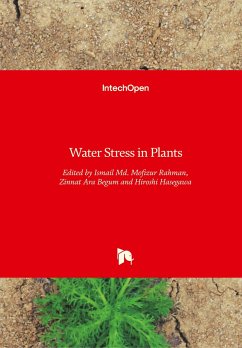
Physiological Evaluation of Anti-Diabetic Properties of Plants on Rats
Socio- Economic profile, Diabetes herbal treatment,phytochemicals, Hypoglycaemia, Effect of extracts on weights of rats
Versandkostenfrei!
Versandfertig in 6-10 Tagen
33,99 €
inkl. MwSt.

PAYBACK Punkte
17 °P sammeln!
V. amygdalina and A. indica were the most cited anti-diabetic plants. Leaves were the most employed part mainly by decoction. Flavonoids (0.79mg/g), and alkaloids (0.86mg/g), were significantly higher (p0.05) in root than stem and leaf of HS while flavonoids (0.38mg/g), saponins (0.49mg/g), alkaloids (0.30mg/g) and tannins (0.27mg/g) were significantly (p0.05) higher in the leaf than stem and root of ML. Flavonoids (0.51mg/g), alkaloids (0.42mg/g) and tannins (0.29mg/g) in rhizome were significantly (p0.05) higher than in AS bulb. 300gHS+100g ZO+100gAS revealed significantly (p0.05) higher fla...
V. amygdalina and A. indica were the most cited anti-diabetic plants. Leaves were the most employed part mainly by decoction. Flavonoids (0.79mg/g), and alkaloids (0.86mg/g), were significantly higher (p0.05) in root than stem and leaf of HS while flavonoids (0.38mg/g), saponins (0.49mg/g), alkaloids (0.30mg/g) and tannins (0.27mg/g) were significantly (p0.05) higher in the leaf than stem and root of ML. Flavonoids (0.51mg/g), alkaloids (0.42mg/g) and tannins (0.29mg/g) in rhizome were significantly (p0.05) higher than in AS bulb. 300gHS+100g ZO+100gAS revealed significantly (p0.05) higher flavonoids (0.85mg/g), saponins (0.95mg/g) alkaloids (1.81mg/g) and tannins (0.56mg/g) content than 300gML+100g ZO+100g AS. Alloxan caused significant (p0.05) reduction in the weights of diabetic rats. 100g HS and ML leaf aqueous extracts ameliorated rats weights loss by 14.75% and 20.29% while glibenclamide treatment ameliorated weight loss by 7.26%. 100g HS root, stem, and ML leaf extracts significantly (p0.05) reduced the glucose level of diabetic rats by 39.00%, 54.40% and 41.70% respectively. 300g (HS) +100g (AS) +100g (ZO) produced the best hypoglycaemic effect (71.05%) on rats.












